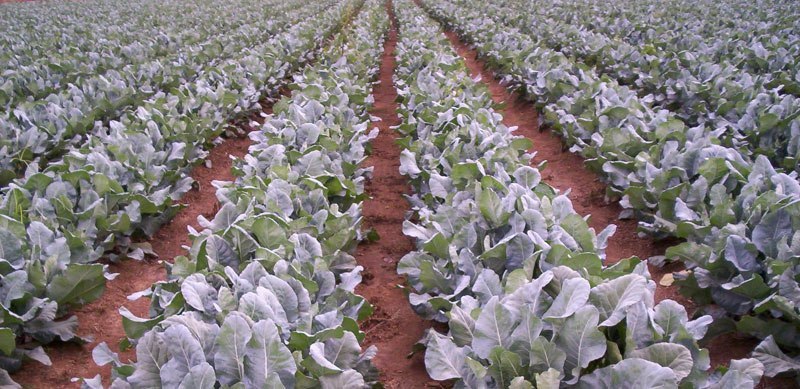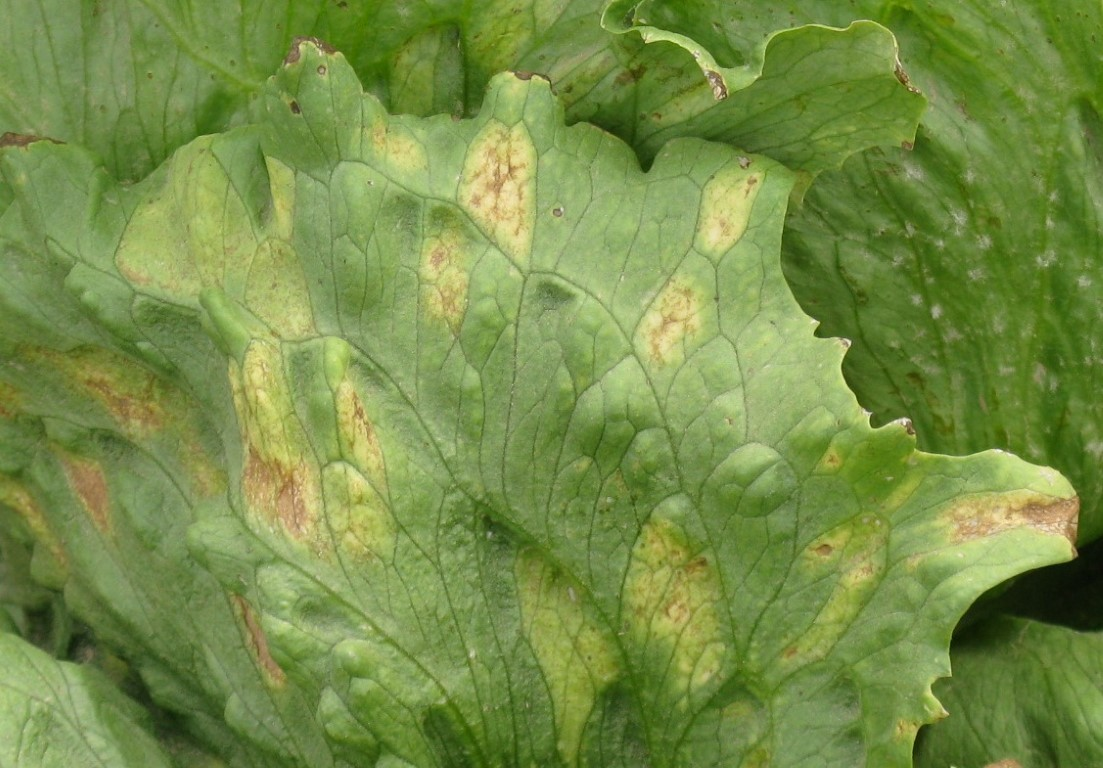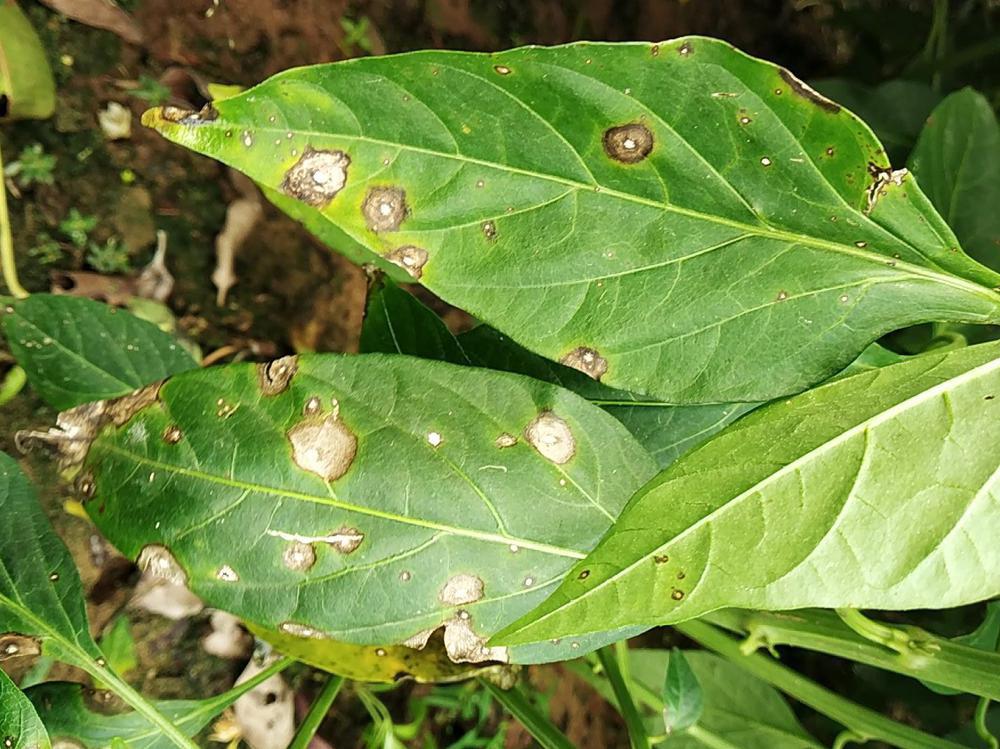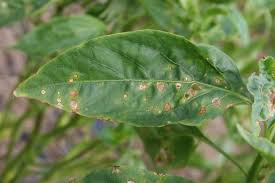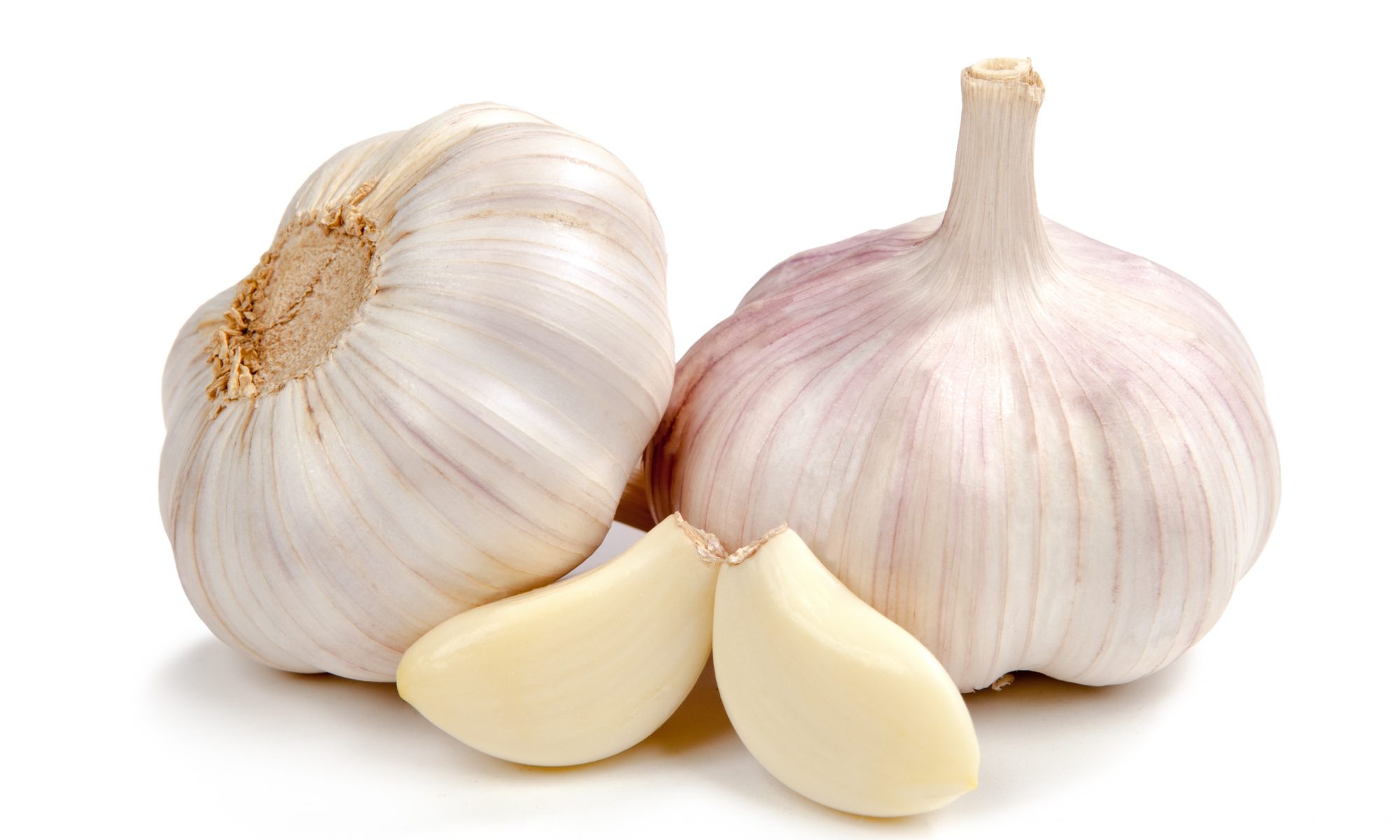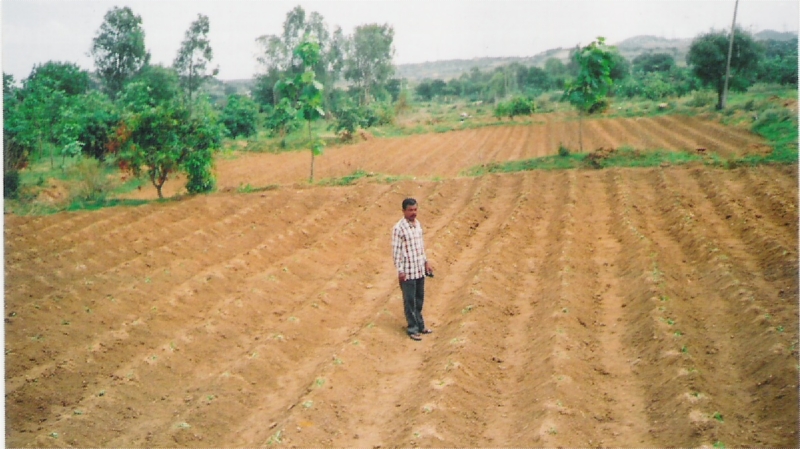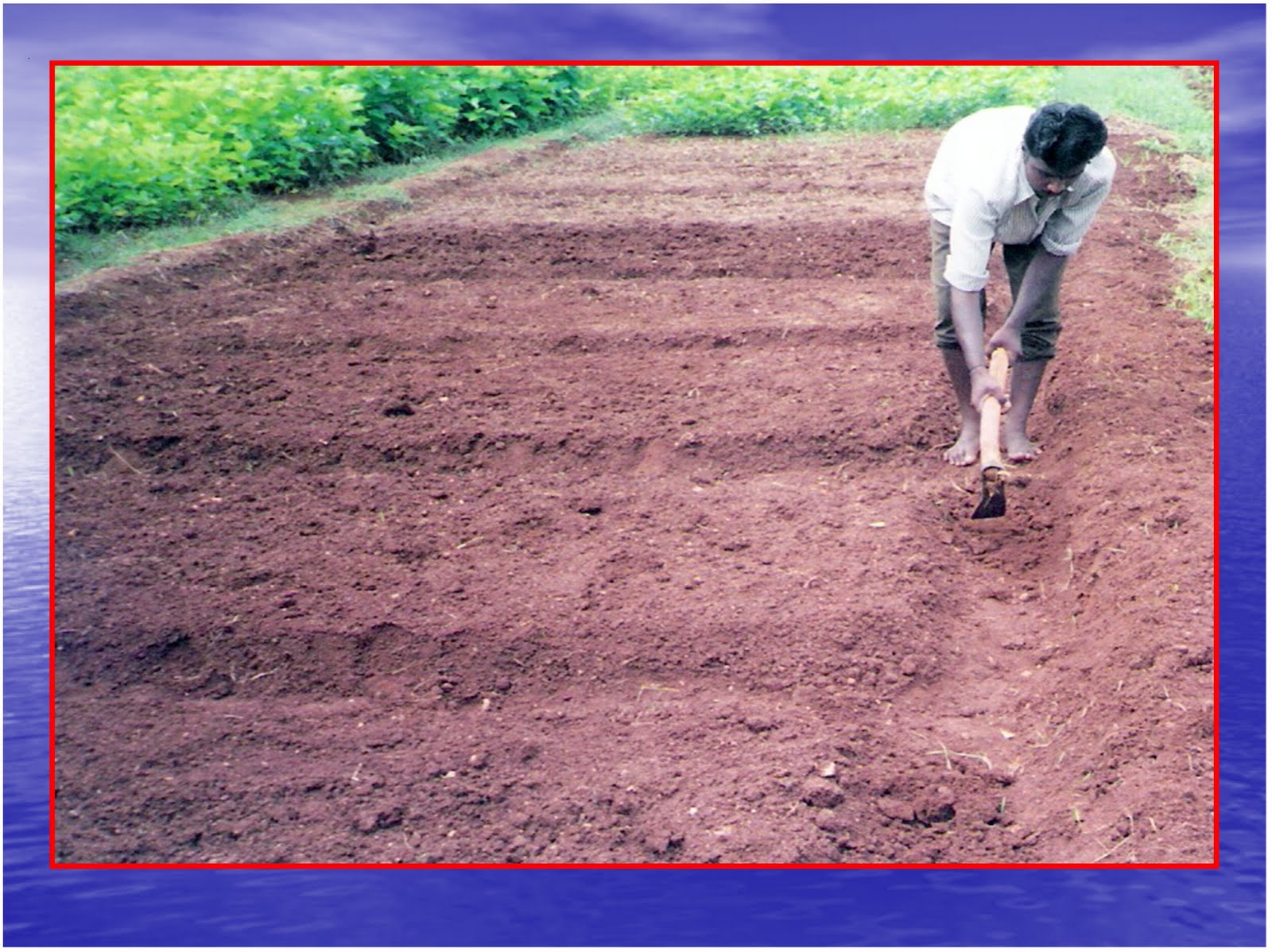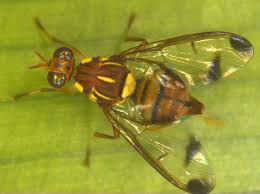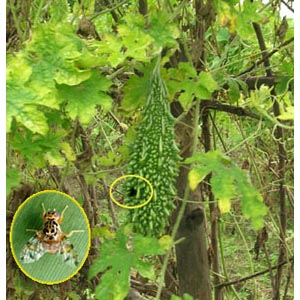- Proper water management so that there is no excess moisture on the soil surface.
- Saaf (Carbendazim 12% + Mancozeb 63% WP) @ 300-400 gm/acre or
- Ridomil gold (Metalaxyl 4%+ Mancozeb 64% WP) @ 300-400 gm/acre.
- Amistar (Azoxystrobin 23%Sc) @ 200 ml/acre.
- Netivo (Tebuconazole50%+Trifloxystrobin 25%WG) can be sprayed @120 gm/acre.
- Follow the crop cycle and keep the field clean.
Like and share with other farmers by clicking on button belo
Share
